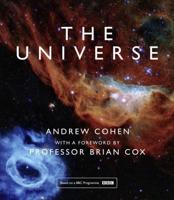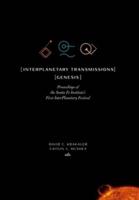Publisher's Synopsis
In the presence of rapid fermion-number violation due to nonperturbative electroweak effects certain relations between the baryon number of the Universe and the lepton numbers of the Universe are predicted. In some cases the electron-neutrino asymmetry is exactly specified in terms of the baryon asymmetry. Without introducing new particles, beyond the usual quarks and leptons, it is necessary that the Universe possess a nonzero value of B - L prior to the epoch of fermion-number violation if baryon and lepton asymmetries are to survive. Contrary to intuition, even though electroweak processes violate B + L, a nonzero value of B + L persists after the epoch of rapid fermion-number violation. If the standard model is extended to include lepton-number violation, for example through Majorana neutrino masses, then electroweak processes will reduce the baryon number to zero even in the presence of an initial B - L unless 20 M(sub L) approximately greater than the square root of (T(sub B - L) m(sub P1)) where M(sub L) sets the scale of lepton number violation and T(sub B - L) is the temperature at which a B - L asymmetry is produced. In many models this implies that neutrinos must be so light that they cannot contribute appreciably to the mass density of the Universe. Harvey, Jeffrey A. and Turner, Michael S. NASA-CR-186609, NAS 1.26:186609, FERMILAB-PUB-90/49-A, EFI-90-33 NSF PHY-86-58033; NAGW-1340...












